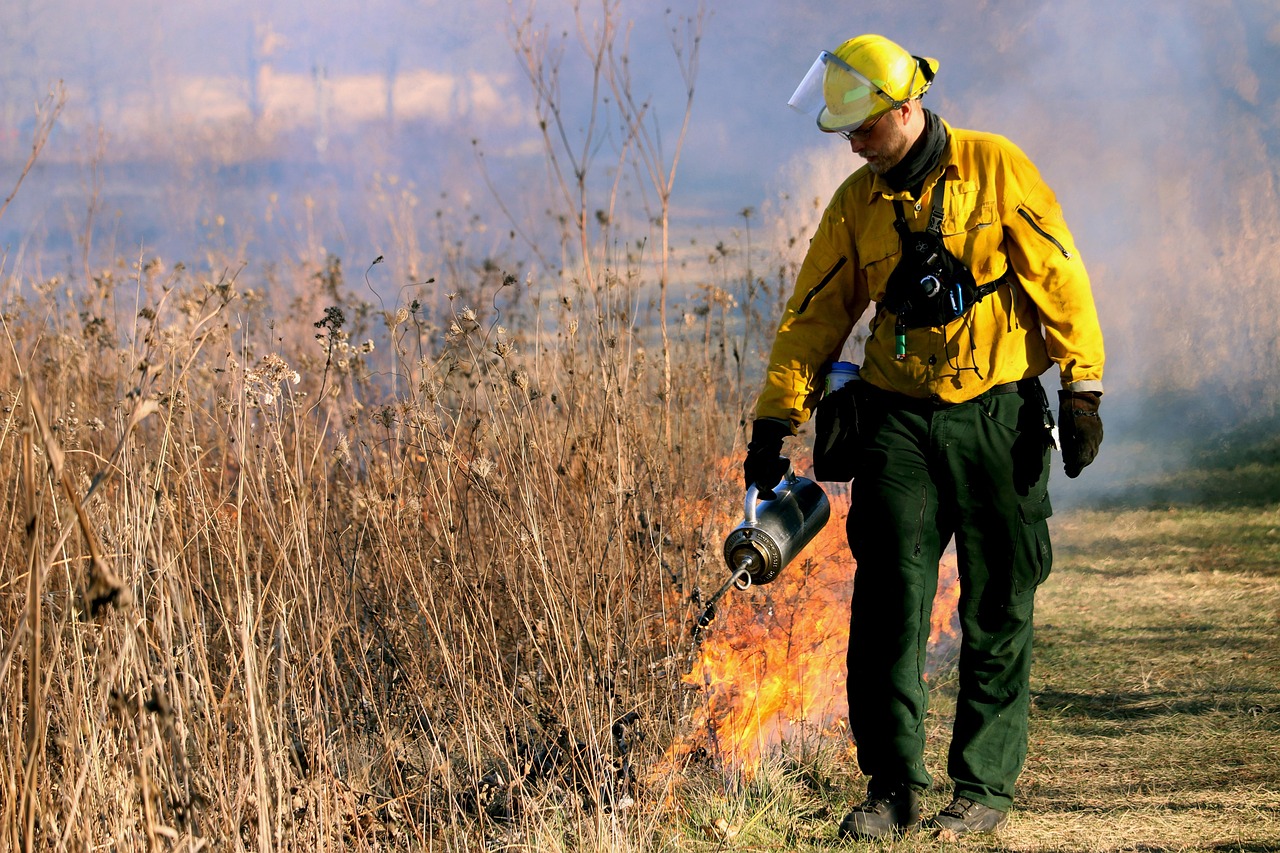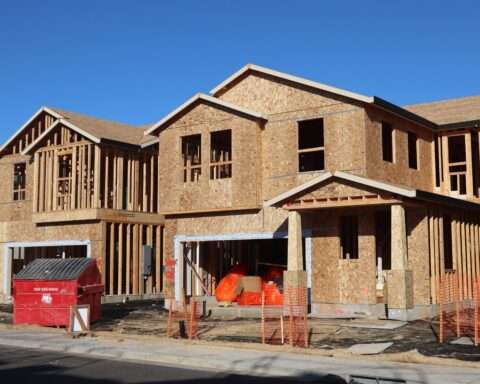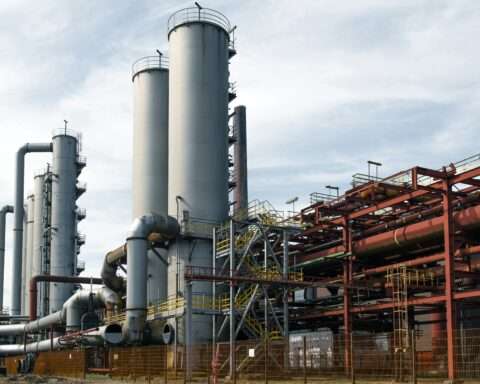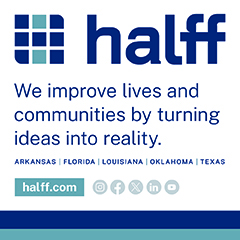California Gov. Gavin Newsom has signed legislation investing an additional $170 million to prevent catastrophic wildfires through the support of forest and vegetation management projects which are critical to protecting communities from wildfire. He also issued an executive order to fast-track critical projects to ensure wildfire resiliency statewide. Gov. Newsom said these actions will cut the red tape to ensure neighborhoods are protected from destructive wildfires.
The signed bill, Assembly Bill (AB) 100, allocates over $170 million in accelerated funding to conservancies across the state for forest and vegetation management. The specific funding amounts are listed below:
- $31.3 million to the Santa Monica Mountains Conservancy
- $30.9 million to the Sierra Nevada Conservancy
- $30.9 million to the State Coastal Conservancy
- $30.9 million to the San Gabriel and Lower Los Angeles Rivers and Mountains Conservancy
- $23.5 million to the California Tahoe Conservancy
- $23.5 million to the San Diego River Conservancy
AB 100 also allocates more than $10 million to support wildfire response and resiliency and implements the “early action” 2025 budget package to address items necessary to adopt this fiscal year.
The executive order signed ensures that the wildfire safety projects funded in AB 100 benefit from streamlining under a previous emergency proclamation from earlier this year. The emergency proclamation issued in March 2025 cut bureaucratic red tape that was slowing down critical forest management projects. Specifically, it suspended the California Environmental Quality Act (CEQA) and the Coastal Act.
These actions build on years of work to increase forest management and wildfire resilience throughout California. In March 2019, the governor took similar action to expedite forest management projects ahead of the particularly challenging fire seasons in 2019 and 2020. The legislation and executive order also follow an executive order Gov. Newsom signed last month to further improve community hardening and wildfire mitigation strategies to increase neighborhood resilience statewide.
California is poised to conduct more forest management and prescribed burns than ever before. The state is following four main points to help inhibit wildfire growth: preventing wildfire through forest management, using controlled burns to build community and fire resilience, tracking wildfire prevention and taking early action.
Preventing wildfire through forest and land management
The state is investing $2.5 billion to ramp up and implement the governor’s Wildfire and Forest Resilience Action Plan. The plan includes goals to increase the pace of fuel reduction, prescribed fire, and forest health. 100% of the 99 key actions outlined are underway or have been completed. The $2.5 billion in funding is in addition to the $200 million invested annually through 2028-29 for healthy forest and fire prevention programs.
Using controlled burns to build community and fire resilience
The state launched a strategic plan on beneficial fires, which includes the use of prescribed fire and cultural burning to build forest and community resilience. The key goals of this initiative are already in action. From 2021 to 2023, the activity of using prescribed fires nearly doubled.
Tracking wildfire prevention
California has created a first-of-its-kind, newly updated dashboard to help residents track wildfire prevention work.
Taking Early Action
California has implemented various fire prevention and mitigation initiatives in recent years. One of Gov. Newsom’s first executive orders declared a state of emergency in response to the 2019 wildfires, which exempted critical wildfire and forest management projects from the state’s environmental law (CEQA).













